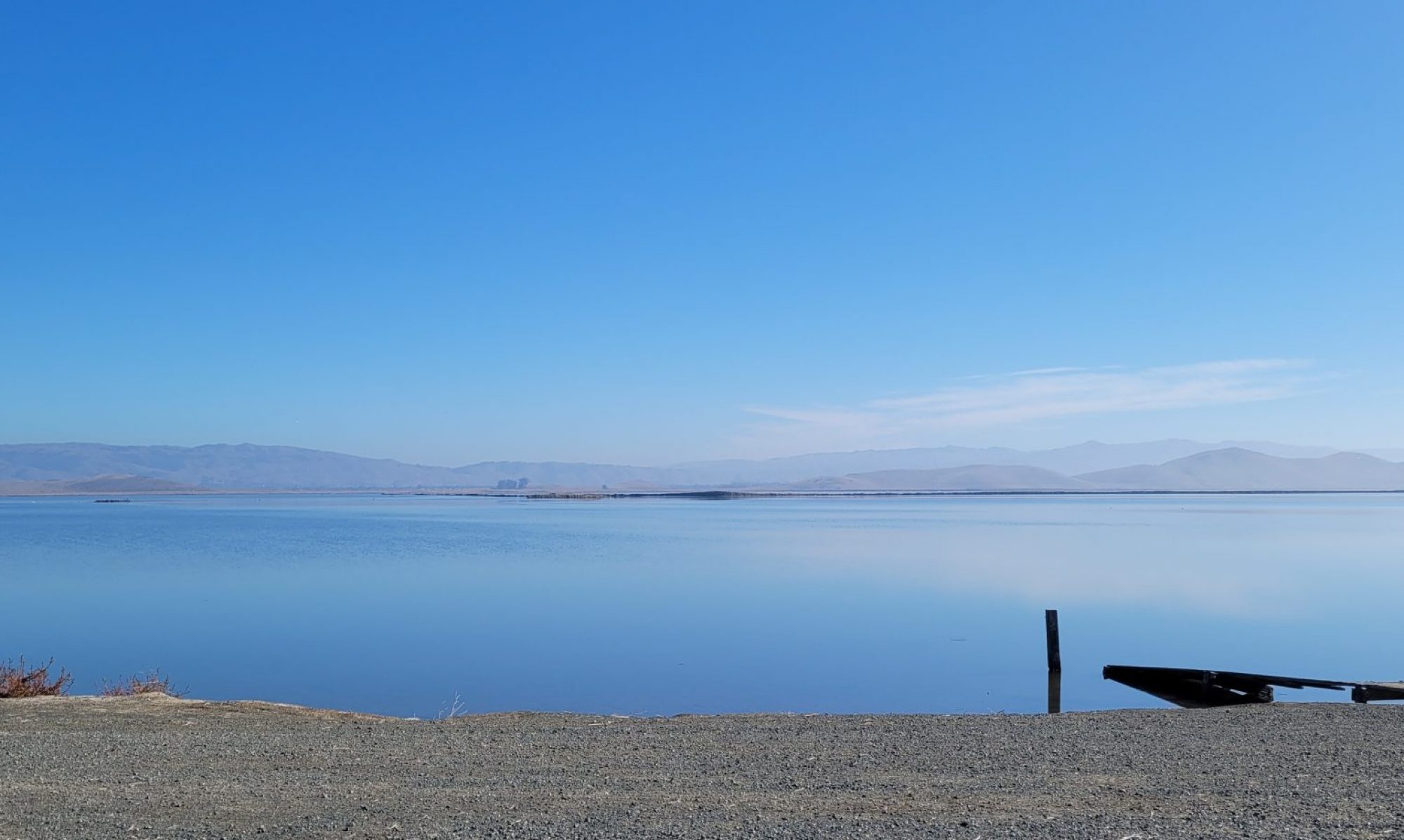
Surgery is the topic of today’s post, namely because I had shoulder arthroplasty last Tuesday. The technique was reverse shoulder replacement and, as you ask, what is that? be assured that I will get there. We have to cover a little anatomy, anthropology, Popular Mechanics, history (of course), and technology along the way.
Fish Gotta Swim, Horses Gotta Run, Humans Gotta Throw Spears
Let’s talk about joints, specifically shoulders, ball-and-socket joints, and the term synovial. I had originally thought that fish had no ball-and-socket joints, and I was going to claim that it was the reptiles, crocodiles crawling out of the water, who began to develop those movable arm and leg joints rather than fins. But it turns out that, even at the beginning, fish had some types of ball-and-socket joints in their jaws, in their vertebrae, and even in their fins.
Synovial=(Greek) put together+egg=the shape of certain joints
The word synovial is important here because it means that within rigid bones, there is a hollow part and a bumpy part that fit together. Even with fish, there were hollow/bumps that fit together in fins and jaws which allowed for more flexibility and rapid movement. When reptiles developed the ability to walk on land and swim in the water, those fins turned into longer bones with multiple places for movable joints.
Continue reading “A Disjointed Post”


